-
 1
1
Case Number : Case 2857- 18 June 2021 Posted By: Dr. Richard Carr
Please read the clinical history and view the images by clicking on them before you proffer your diagnosis.
Submitted Date :
F50. Back, upper central, 9 x 6 mm, dark brown dermoscopically chaotic mole – longstanding but has become darker - ? atypical, ?MM

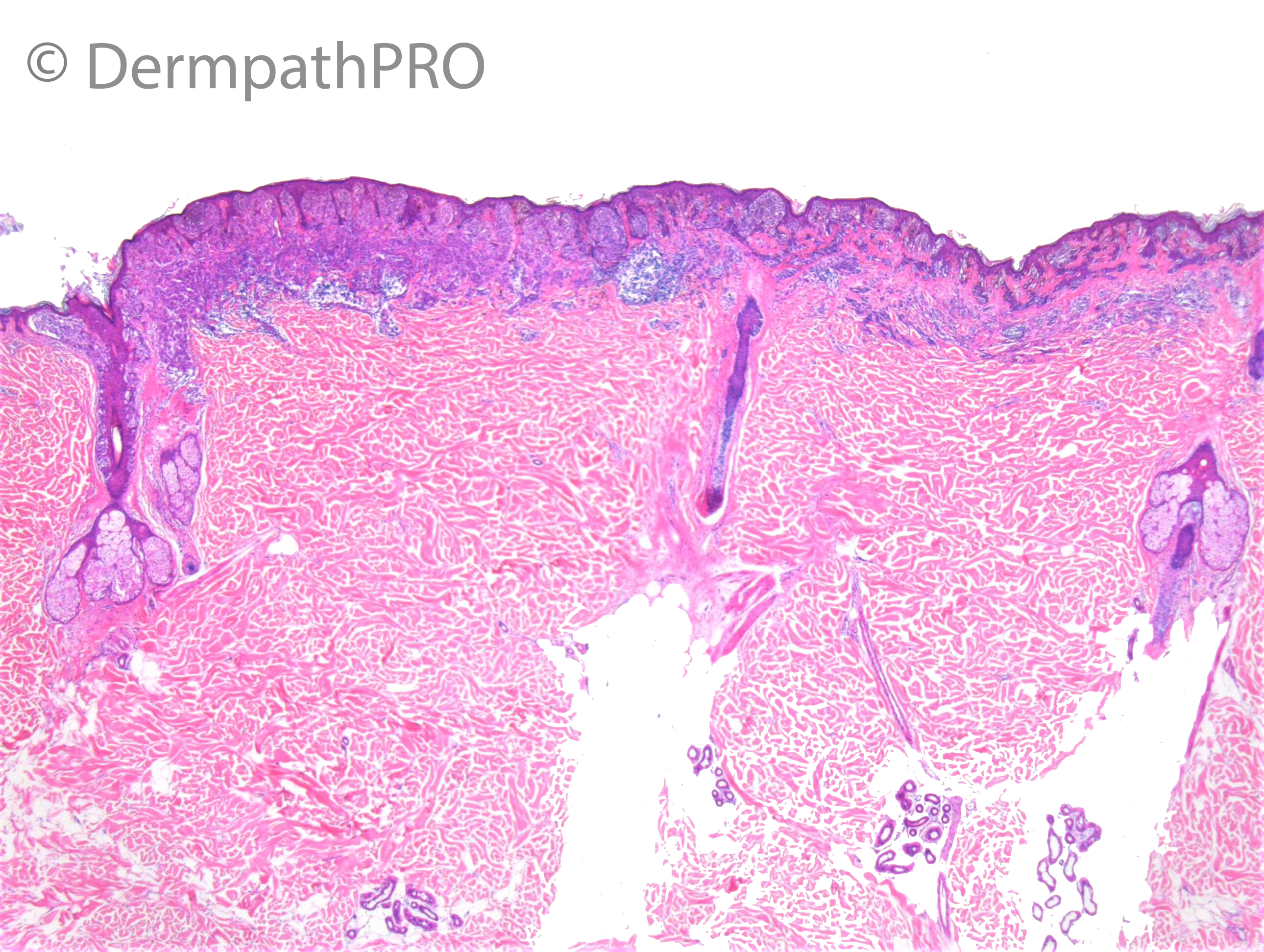
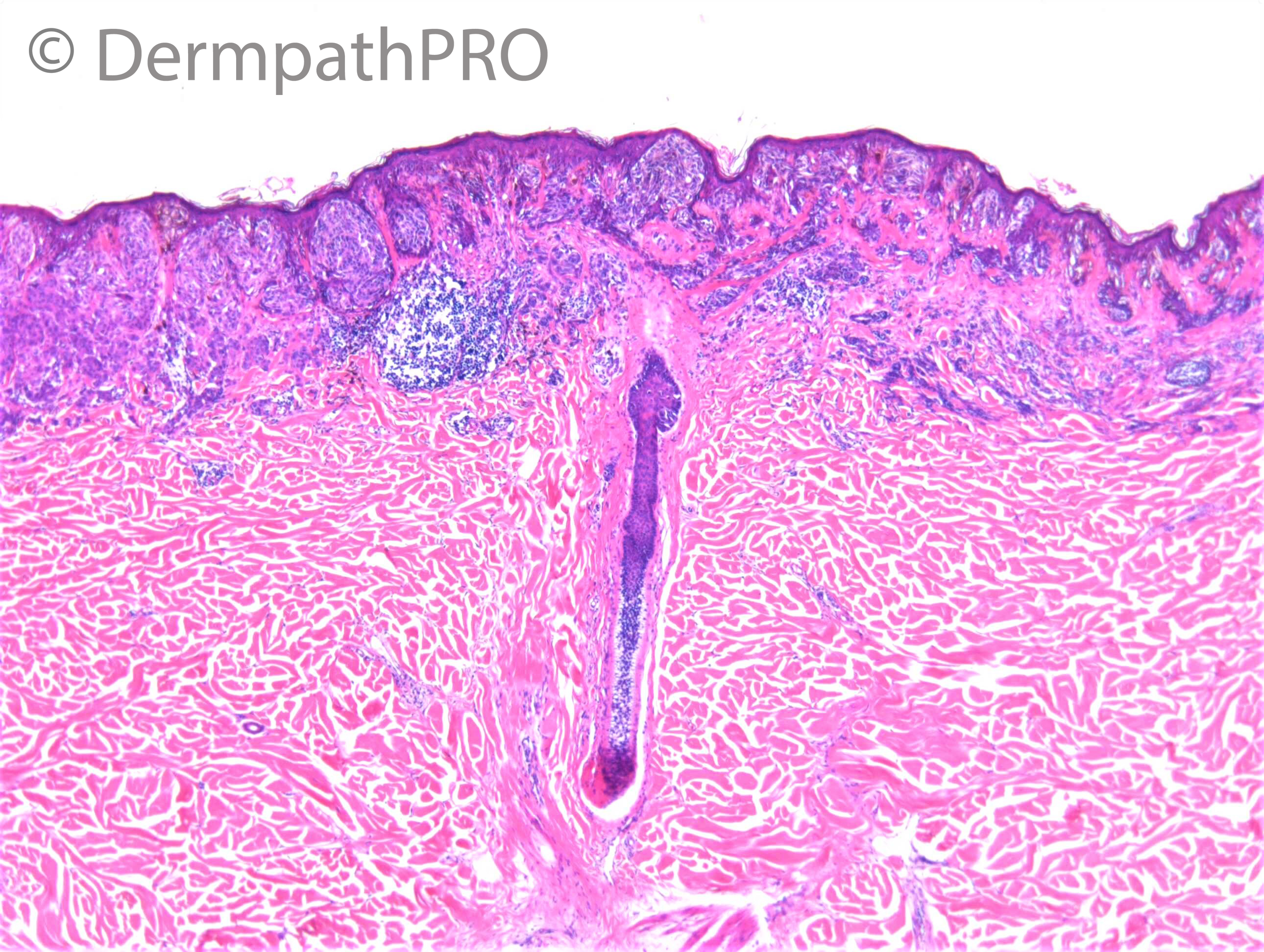
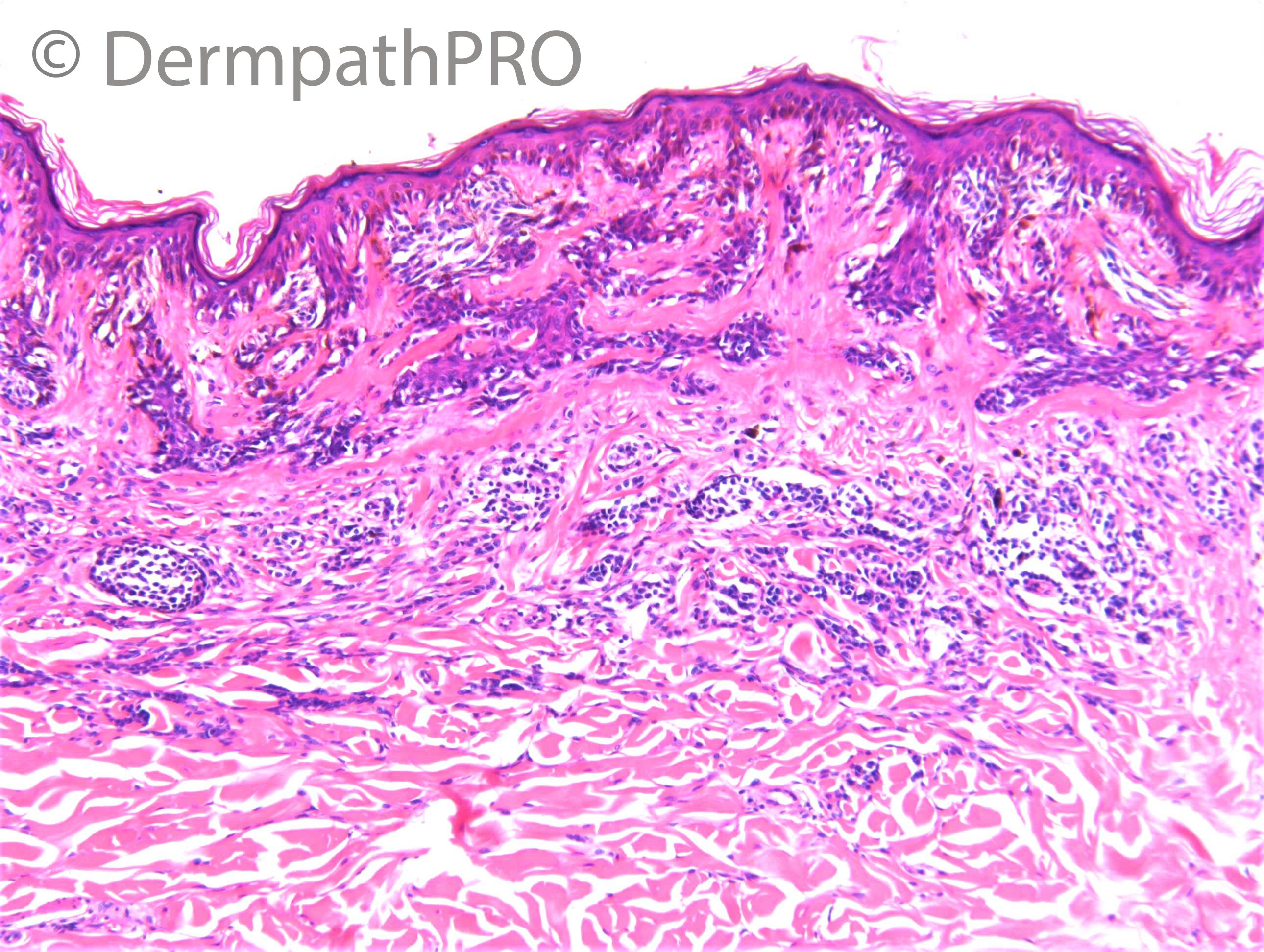

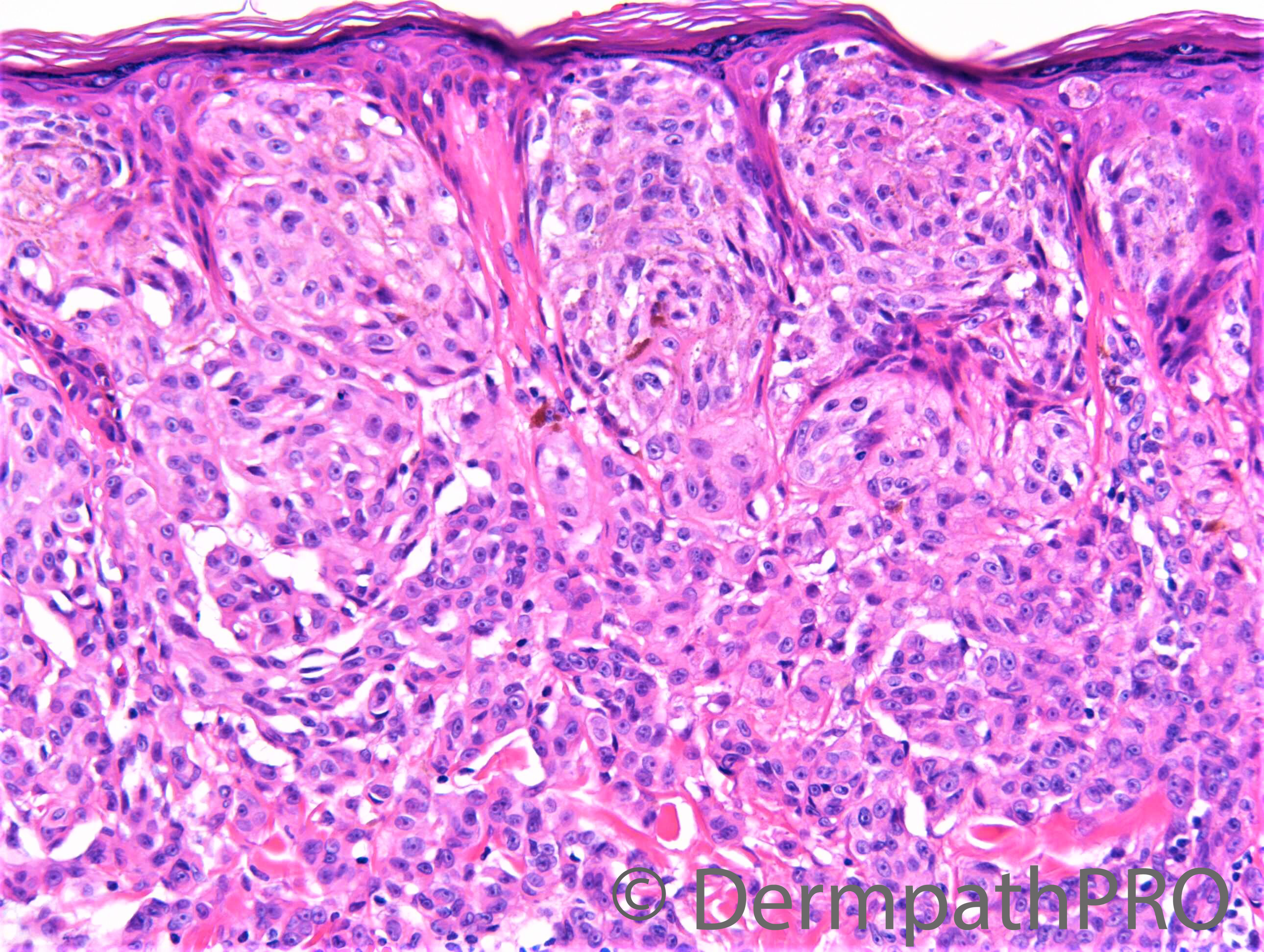

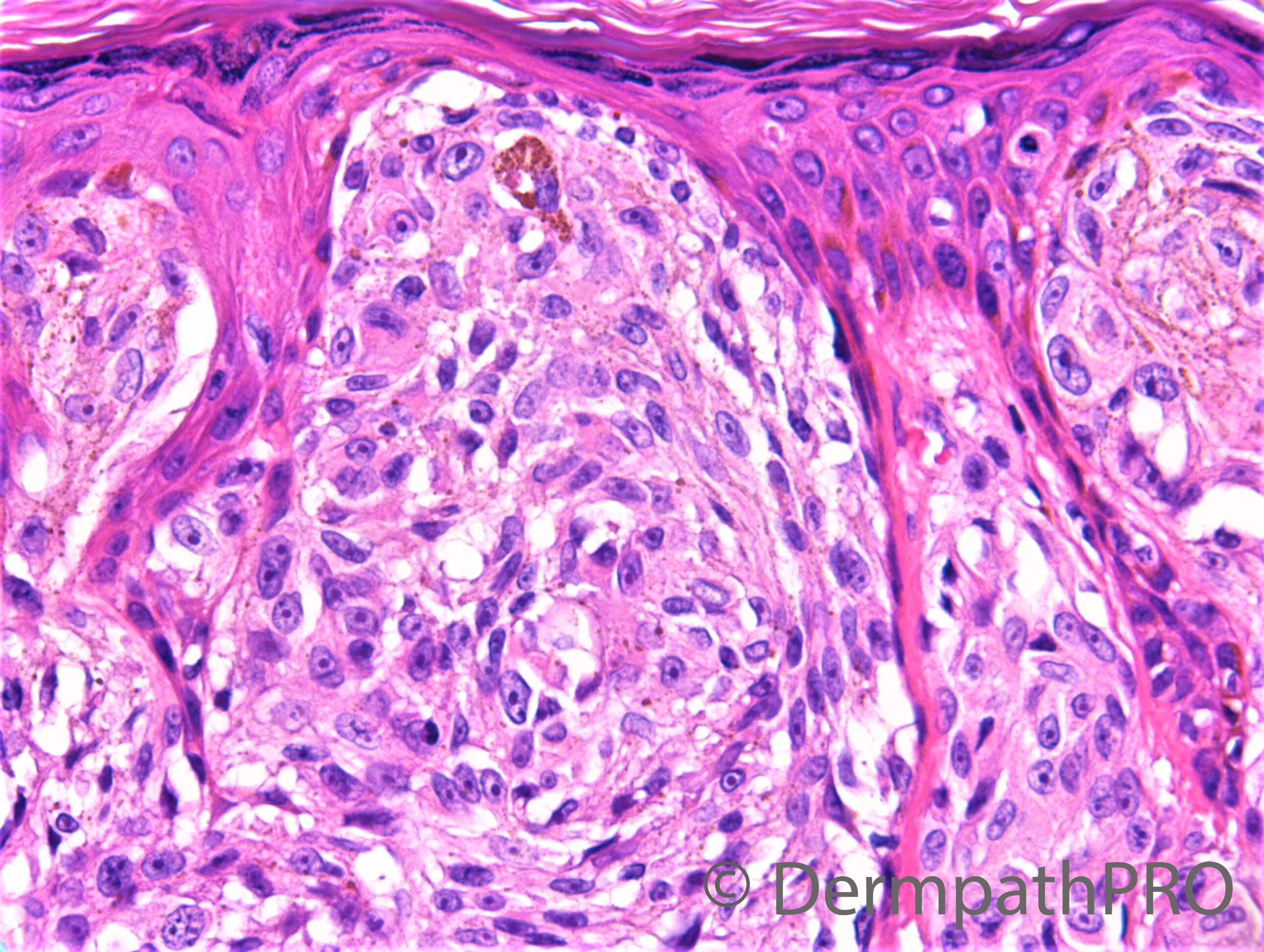

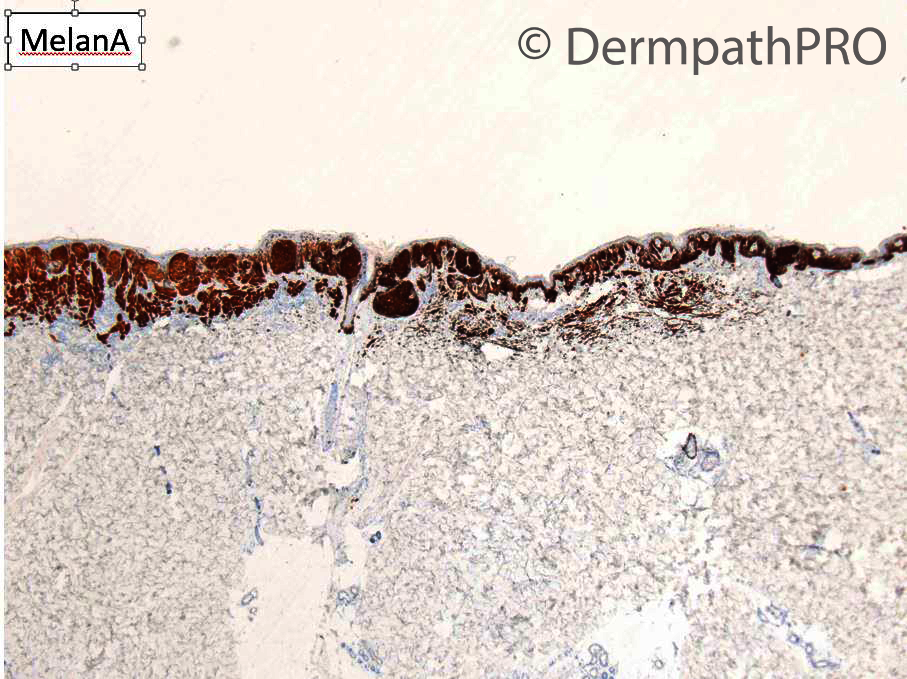


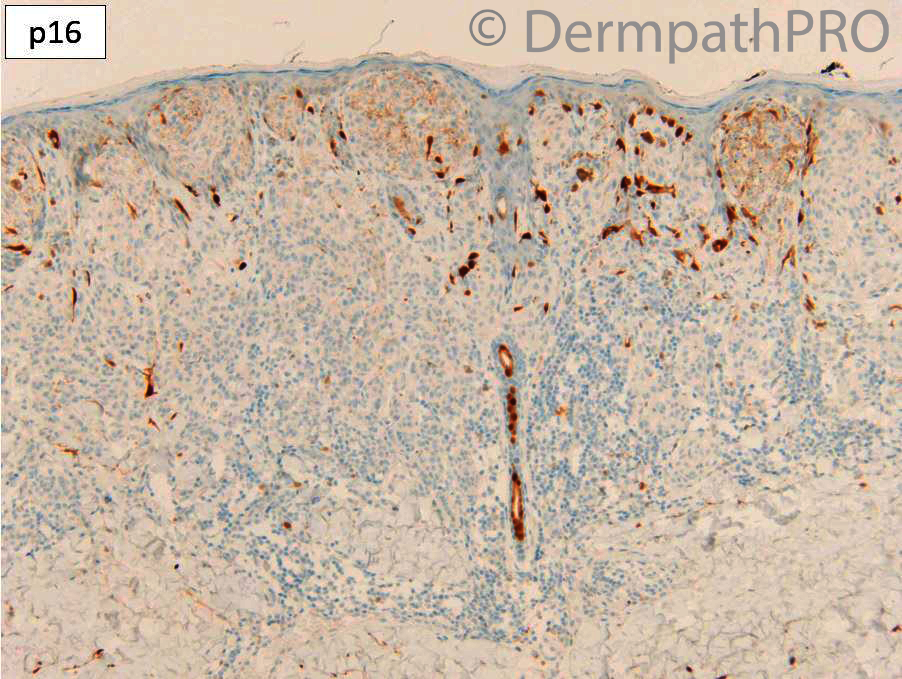
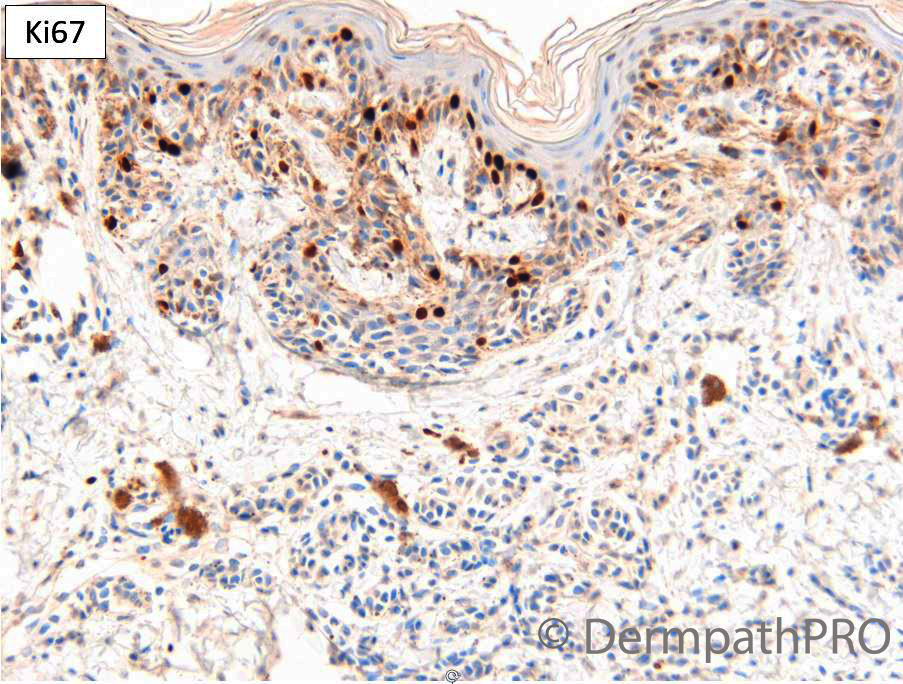
Join the conversation
You can post now and register later. If you have an account, sign in now to post with your account.